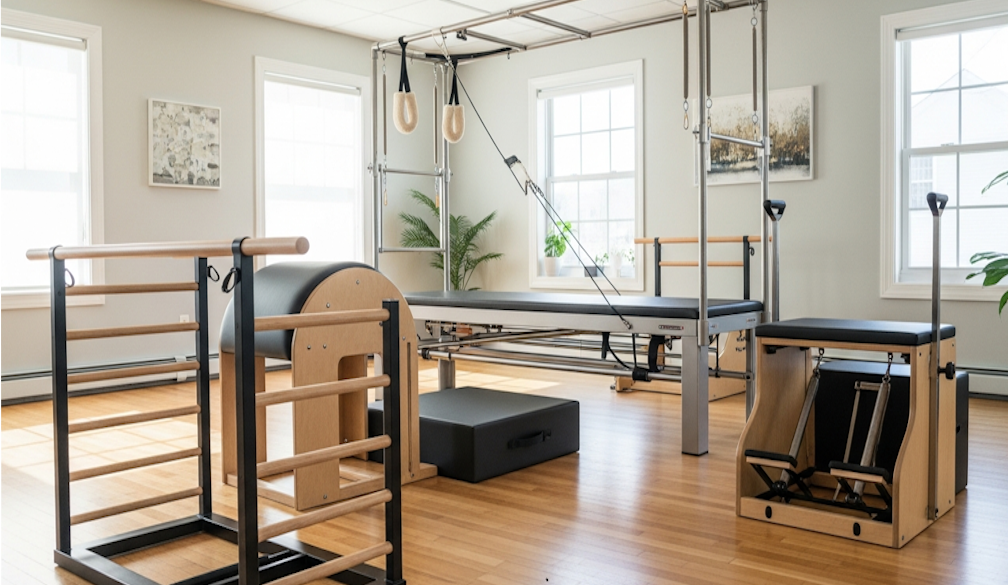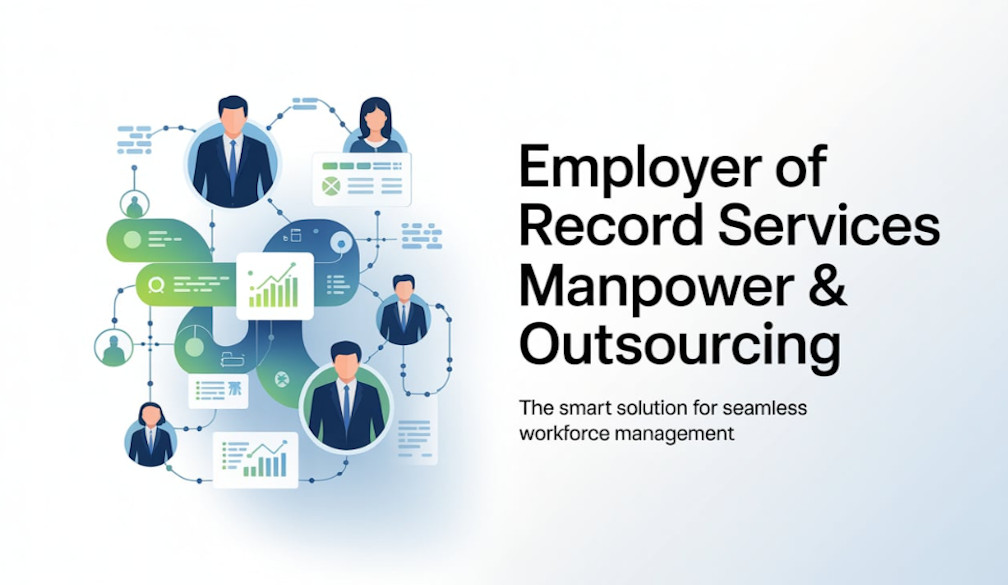Keeping Lone and Remote Workers Safe: Employer Duties and Practical Solutions

In Australia, thousands of employees work alone, in remote locations, or in direct contact with the public every day. While these roles are critical to the functioning of many industries — from mining and agriculture to community services, utilities and retail — they can expose workers to unique and serious risks.
Employers have a legal and moral obligation to protect these workers by identifying risks, putting control measures in place, and ensuring that workers can access help when needed. This article explores the dangers lone and remote workers face, the employer’s duty of care under Australian law, and the measures and technologies that can help keep employees safe.
The Risks to Lone and Remote Workers
Lone workers — employees who perform their tasks without direct supervision or colleagues nearby — and those in remote areas or public-facing roles encounter several specific dangers:
- Accidents and Medical Emergencies
Without colleagues nearby, even a minor accident can quickly become life-threatening. For example:
- A fall while climbing equipment or traversing rough terrain.
- Getting caught in machinery.
- Experiencing a medical event such as a heart attack, allergic reaction, or heatstroke.
In remote locations, the delay in emergency response due to distance or poor communications infrastructure only increases the risk.
- Environmental Hazards
Remote workers are often exposed to harsh conditions, such as:
- Extreme heat or cold.
- Wildlife encounters (snakes, insects, aggressive animals).
- Floods, bushfires or cyclones.
- Violence or Aggression
Those who interact directly with the public — in retail, healthcare, social work, and compliance roles — may face aggression, verbal abuse, or even physical assault from members of the public.
- Psychological Risks
Working alone or remotely can also impact mental health, with feelings of isolation, stress, or anxiety being common if adequate support and contact are lacking.
Employer Duty of Care in Australia
Australian employers have a legal duty of care under the Work Health and Safety Act 2011 (WHS Act) and related state and territory laws. The legislation requires that employers provide a workplace that is safe and without risk to health, so far as is reasonably practicable.
Key obligations include:
- Identifying hazards and assessing risks specific to lone, remote and public-facing work.
- Implementing controls to eliminate or minimise these risks.
- Ensuring workers have the necessary information, training, equipment and support.
- Having processes in place for regular communication, monitoring and emergency response.
Employers can face significant fines or even prosecution if found to have failed in their duty of care.
Measures to Protect Lone and Remote Workers
- Risk Assessment and Procedures
The first step is a thorough risk assessment. Employers should:
- Document the hazards specific to each role.
- Develop safe work procedures, including check-in/check-out protocols and emergency plans.
- Provide training in situational awareness, conflict de-escalation, and first aid.
- Communication Systems
Reliable communication is crucial. Options include:
- Mobile or satellite phones for areas without reliable mobile coverage.
- Two-way radios with emergency channels.
- Scheduled contact times to ensure workers check in regularly.
- Personal Safety Devices
Technology now offers a range of personal safety devices tailored to lone and remote workers:
- Duress alarms: Wearable or handheld devices that can silently alert a supervisor or monitoring centre if the worker feels threatened.
- Man-down alarms: Detect if a worker falls or remains motionless for a period and automatically send an alert.
- GPS-enabled devices: Allow employers to locate workers in real time, which is particularly useful in remote areas.
- Body-worn cameras: In public-facing roles, these can deter aggression and provide evidence if an incident occurs.
- Monitoring Services
Many companies use third-party monitoring centres that respond to alerts, check on workers who miss scheduled check-ins, and escalate emergencies to appropriate services quickly.
Building a Culture of Safety
Beyond equipment and procedures, employers should foster a workplace culture where workers feel supported and encouraged to speak up about risks or incidents. Regular reviews of safety procedures, consulting workers on improvements, and ongoing training are all vital components.
Final Thoughts
In Australia, keeping lone and remote workers safe is not just a legal requirement but also a moral imperative. By understanding the risks, fulfilling their duty of care, and investing in the right systems and technologies, employers can create a safer working environment for everyone — whether they’re on a remote cattle station, in a city retail store, or on the road between clients.
If you’re an employer, now is the time to review your policies and ensure you’re doing everything reasonably practicable to protect your most valuable asset — your people.




























